Previous Day - Next Day

“I believe we are born with our minds open to wonderful experiences, and only slowly learn to limit ourselves to narrow tastes. We are taught to lose our curiosity by the bludgeon-blows of mass marketing, which brainwash us to see "hits," and discourage exploration.”
~ Roger Ebert
Wikiquote (Roger Ebert (June 18, 1942 – April 4, 2013) was an American film critic, journalist and screenwriter. He was a film critic for the Chicago Sun-Times from 1967 until his death. In 1975, he was the first film critic to win the Pulitzer Prize for Criticism.)

June 18th, 618
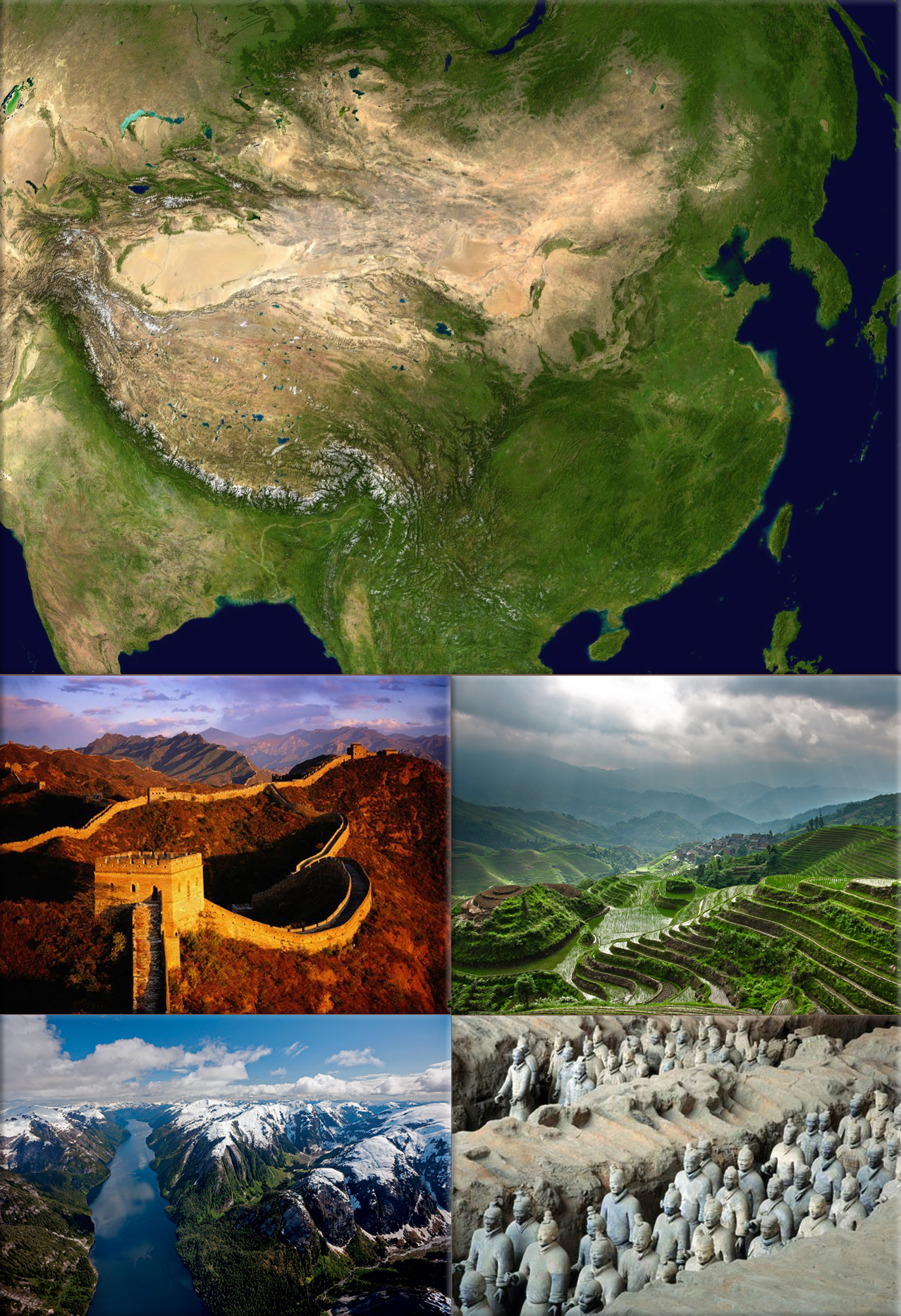
China - Three Kingdoms period:
618 - Li Yuan becomes Emperor Gaozu of Tang, initiating three centuries of Tang Dynasty rule over China.
Wikipedia Photo: China from NASA Wordwind Satellite; © Great Wall of China, credit National Geographic; LongJi Terrace, credit National Geographic; Great Bear Rainforest, credit Paul Nicklen, National Geographic; Platoons of clay soldiers were buried with China's first emperor, Qin Shi Huang Di, (required a labor force of 700,000 to build), credit O. Louis Mazzatenta, National Geographic.
June 18th, 1053
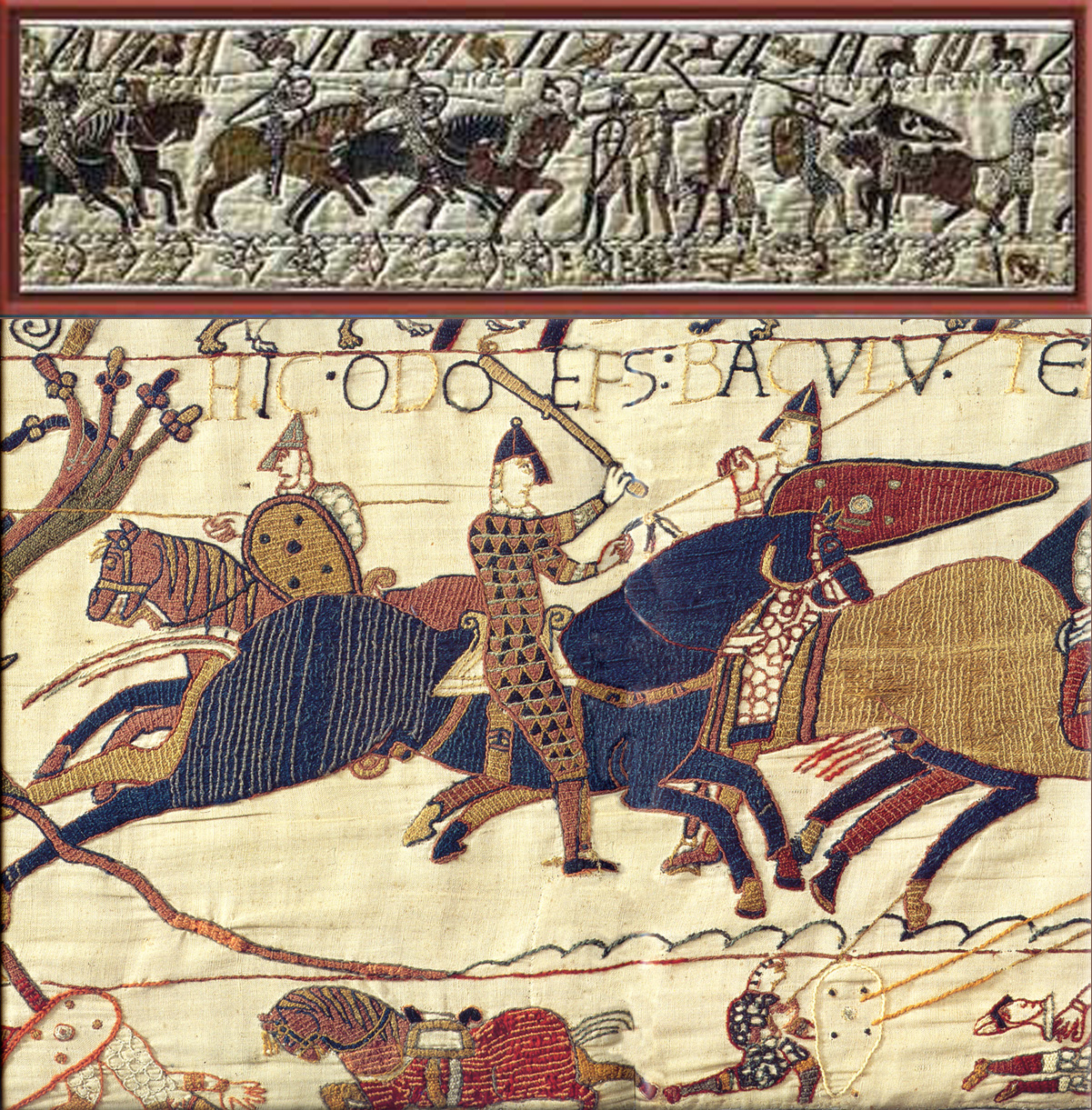
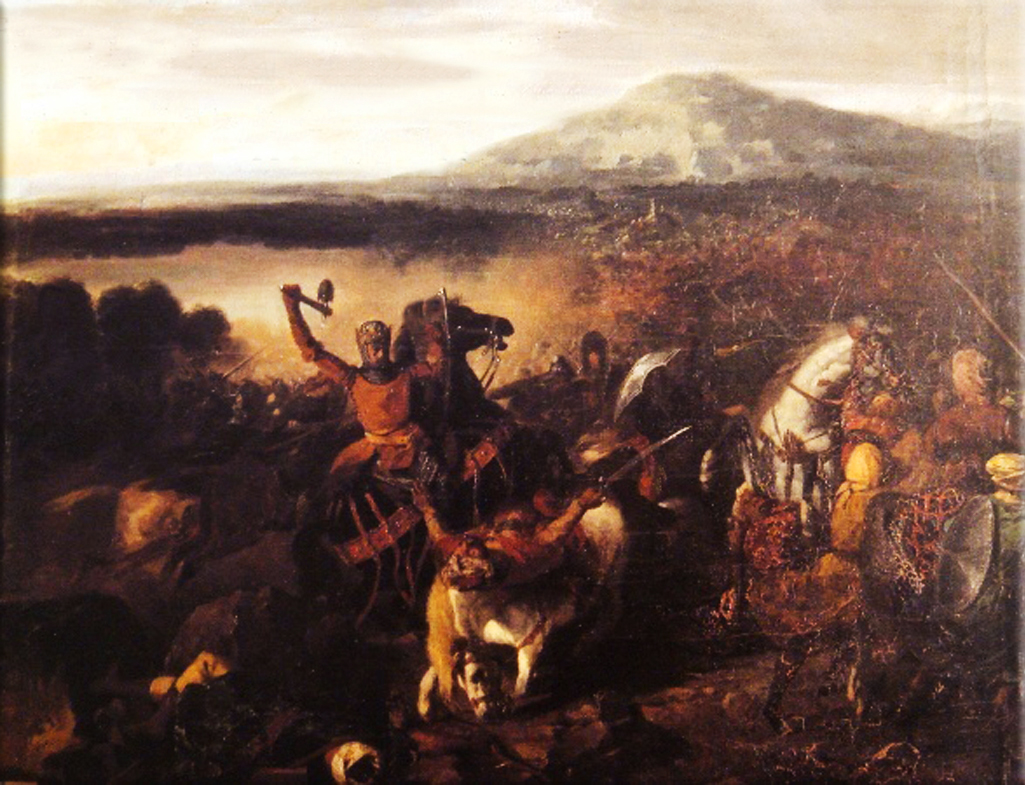
Battle of Civitate: 3,000 horsemen of a Norman Count Humphrey rout the troops of a Pope Leo IX.
Wikipedia Image: Bayeux Tapestry embroidered cloth depicting the Battle of Hastings and the events leading up to the Norman Conquest of England ● Painting: Battle of Civitate; Pope Leo IX answered the pleas of the terrorized Lombards in Benevento, and organized a force worthy of destroying the Norman hydra.
June 18th, 1178

Five Canterbury monks see what is possibly the Giordano Bruno crater being formed. It is believed that the current oscillations of the Moon's distance from the Earth (on the order of meters) are a result of this collision.
Wikipedia NASA, GSFC, Arizona State University
June 18th, 1429
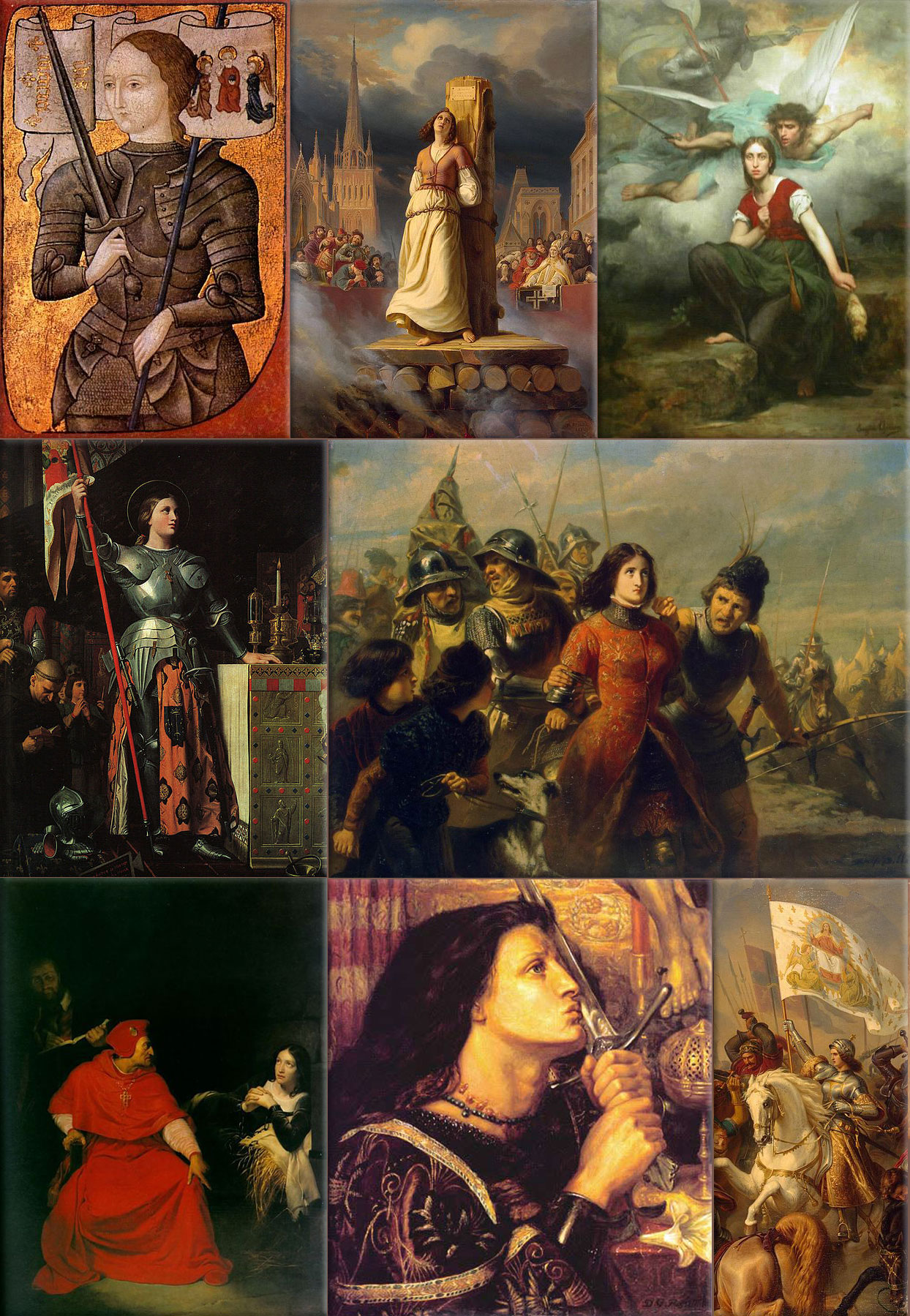
Hundred Years' War, Joan of Arc:
1429 - French forces under the leadership of Joan of Arc defeat the main English army under Sir John Fastolf at the Battle of Patay. This turns the tide of the Hundred Years' War.
Wikipedia Painting: Joan of Arc: An artist's interpretation, since the only known direct portrait has not survived. (Centre Historique des Archives Nationales, Paris, AE II 2490) (1485); Joan of Arc's Death at the Stake, by Hermann Stilke (1843); Jeanne d' Arc, by Eugene Thirion (1876); Joan at the coronation of Charles VII, by Jean Auguste Dominique Ingres in (1854); Joan of Arc and Prophet-French Pilgrimage; Joan interrogated in her prison cell by Cardinal Winchester, by Hippolyte Delaroche, (1824); Saint Joan of Arc, Vatican City; Joan of Arc in Battle, by Hermann Anton Stilke.
June 18th, 1633

Charles I is crowned King of Scots at Saint Giles Cathedral, Edinburgh, Scotland.
Wikipedia Charles I, King of England, from Three Angles, the Triple Portrait by Anthony Van Dyck ● Charles I painted in April 1634, by Anthony Van Dyck.
June 18th, 1757
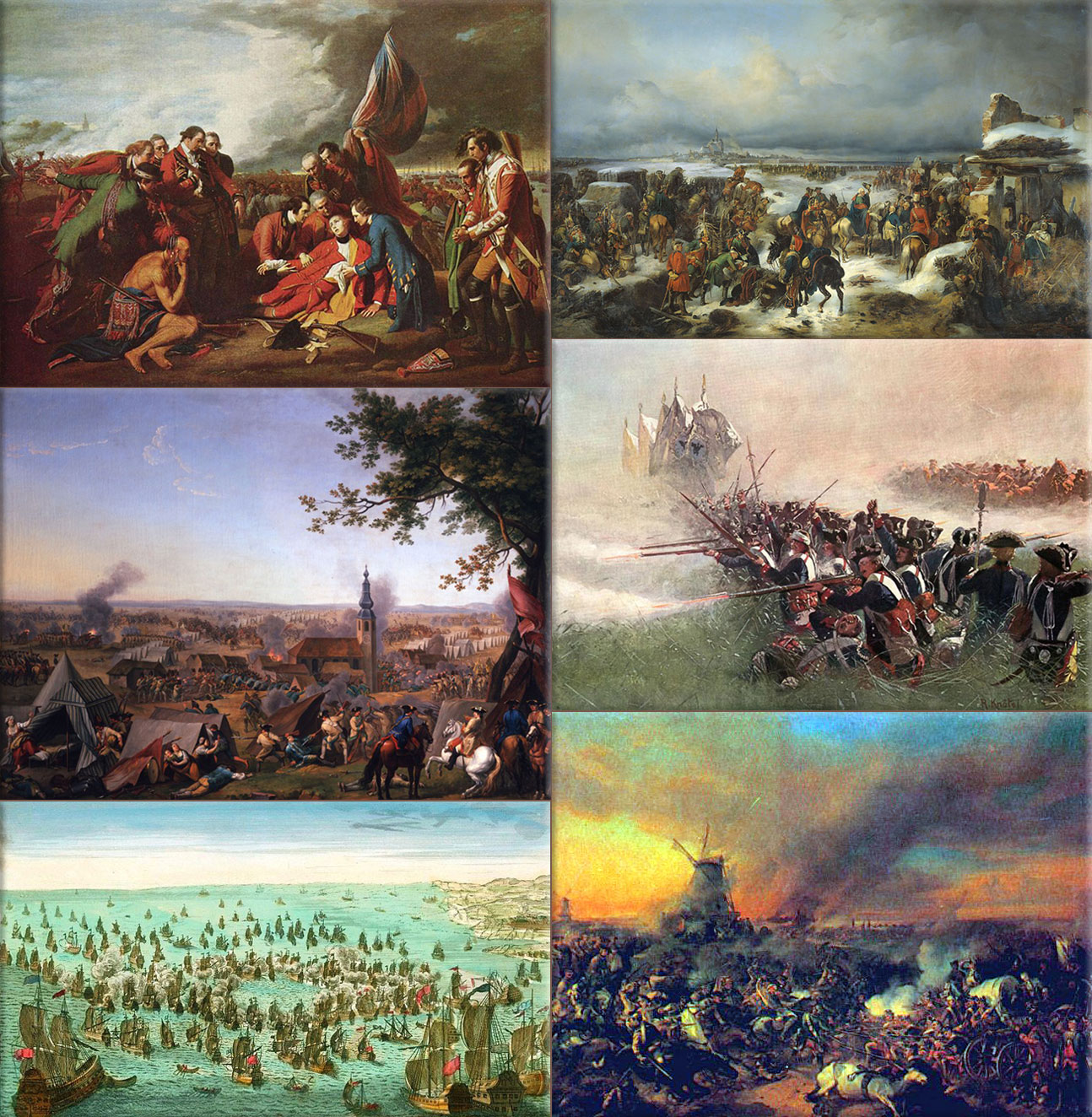
Seven Years' War:
1757 - Battle of Kolín; between Prussian forces under Frederick the Great and an Austrian army under the command of Field Marshal Count Leopold Joseph von Daun.
Wikipedia Painting: The Death of General Wolfe (1771) by Benjamin West, depicting the Battle of the Plains of Abraham; Battle of Hochkirch; Battle of Minorca of May 20, 1756, shortly after the French landing on Minorca; Siege of Kolberg (1761); Leibgarde battalion at Kolin, 1757; Battle of Zorndorf in August 1758 where Russian and Prussian armies suffered heavy casualties and both claimed a victory.
June 18th, 1767
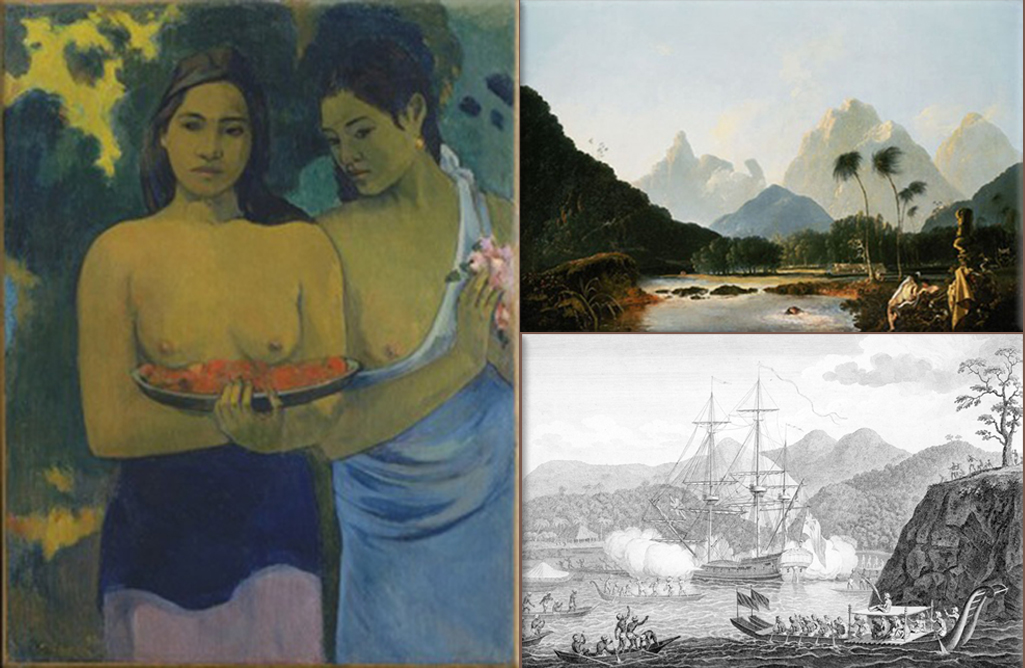
Samuel Wallis, an English sea captain, sights Tahiti and is considered the first European to reach the island.
Wikipedia Painting: Gauguin’s Two Tahitian Women, 1899 courtesy Metropolitan Museum of Art, New York ● Before Gauguin: William Hodges painting Tahiti Revisited 1776 @copy; National Maritime Museum, Greenwich, London / Tate.org.uk ● “A Representation of the Attack of Captain Wallis in the Dolphin by the Natives of Otaheite.” Plate no. 21 [i.e., 22], from vol. 1 of Hawkesworth’s An Account of the Voyages Undertaken by the Order of His Present Majesty for Making Discoveries in the Southern Hemisphere (London, 1773). Princeton.edu
June 18th, 1778
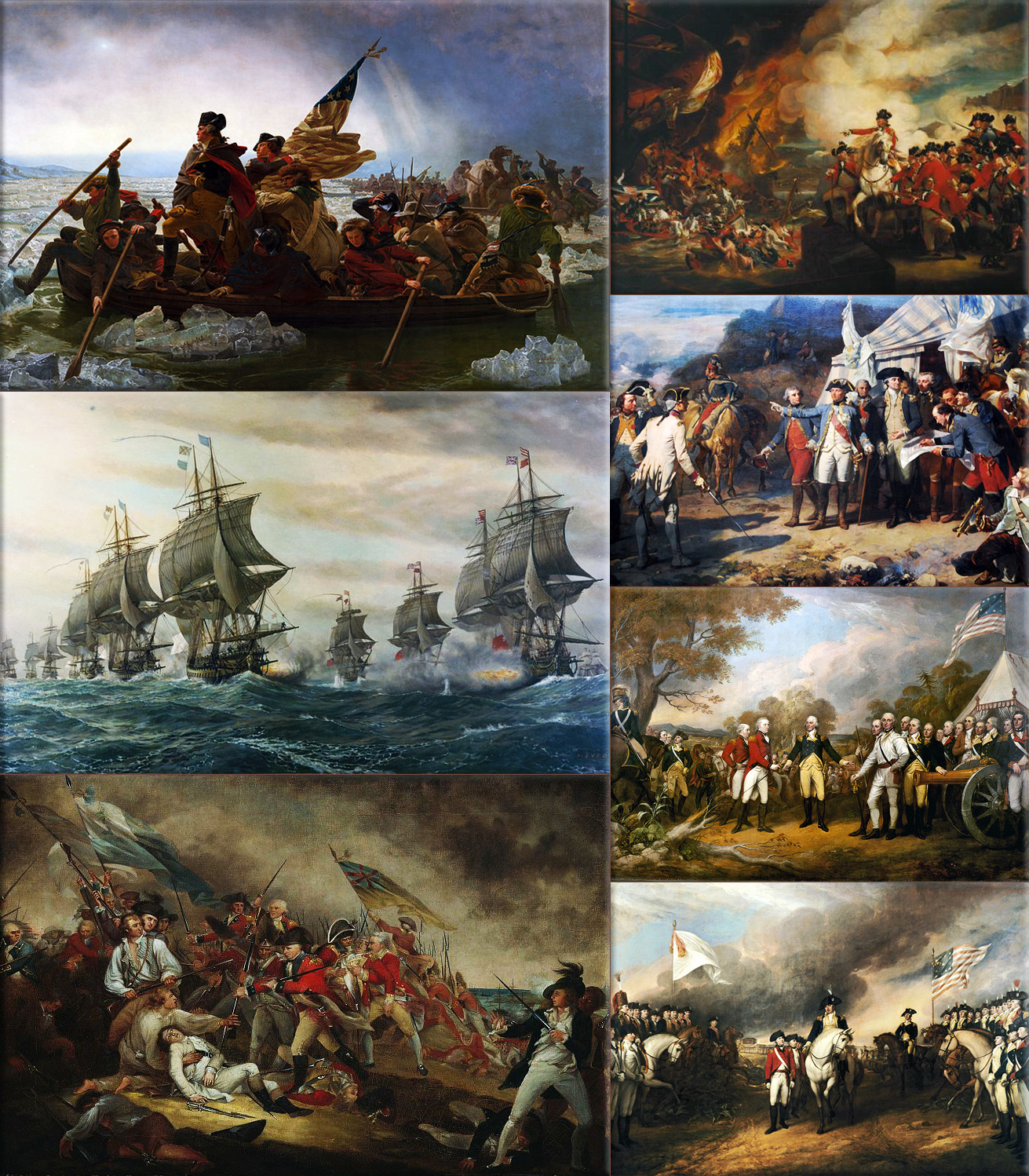
American Revolutionary War: British troops abandon Philadelphia, Pennsylvania.
Wikipedia Painting: Washington Crossing the Delaware, by Emanuel Leutz; Battle of the Chesapeake, French (left) and British (right) lines; Battle of Bunker Hill, The Death of General Warren at the Battle of Bunker Hill by John Trumbull; The Defeat of the Floating Batteries at Gibraltar, September 13, 1782, by John Singleton Copley; Washington and the Comte de Rochambeau at Yorktown, 1781; "The surrender at Saratoga" shows General Daniel Morgan in front of a French de Vallière 4-pounder; Surrender of Cornwallis at Yorktown by (John Trumbull, 1797).
June 18th, 1812
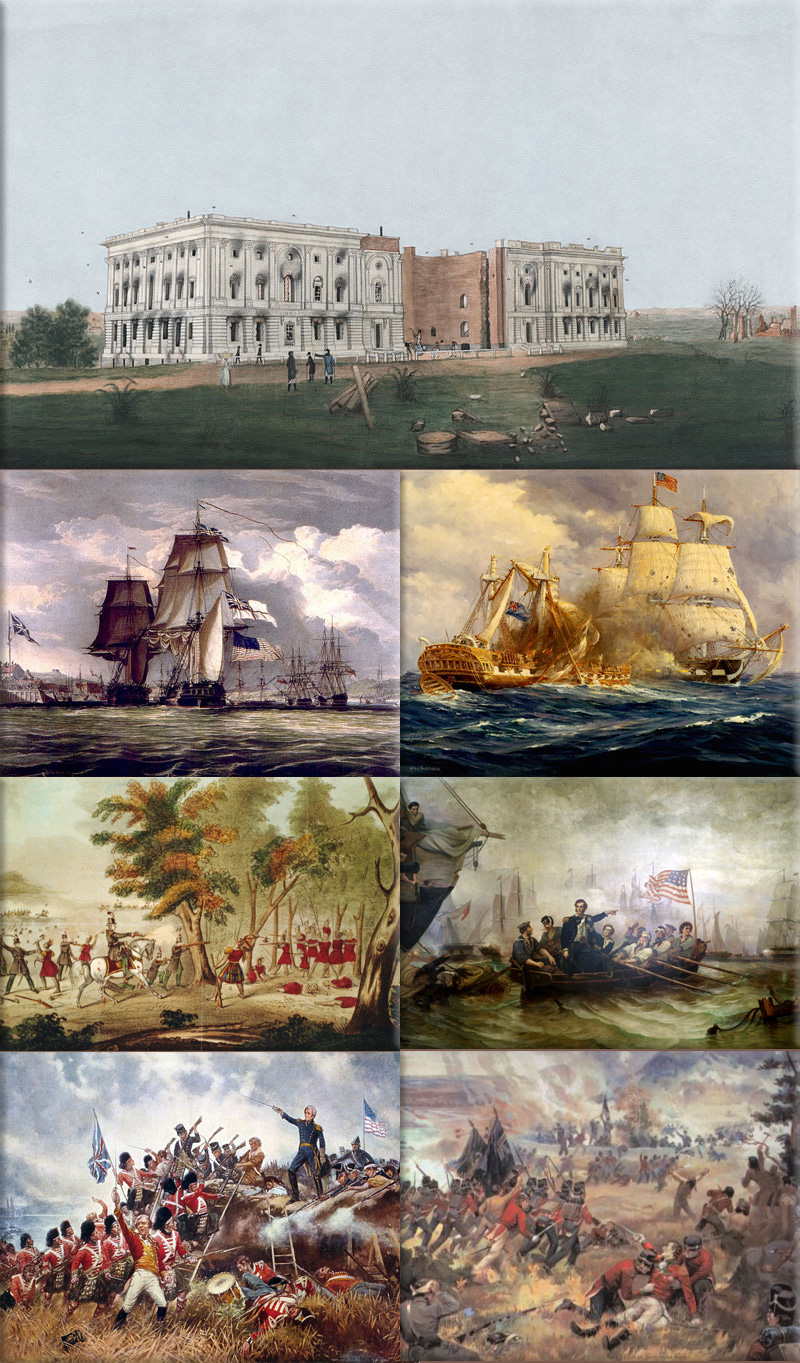
War of 1812: The U.S. Congress declares war on the United Kingdom.
Wikipedia Painting: Damage to the US Capitol after the Burning of Washington; HMS Shannon leading the captured American frigate USS Chesapeake into Halifax, Nova Scotia (1813); USS Constitution vs HMS Guerriere; the death of Tecumseh at Moraviantown; Oliver Hazard Perry's message to William Henry Harrison after the Battle of Lake Erie began with what would become one of the most famous sentences in American military history: "We have met the enemy and they are ours; "Andrew Jackson leads the defence of New Orleans; The mortally wounded Isaac Brock spurs troops on at the Queenston Heights.
June 18th, 1815

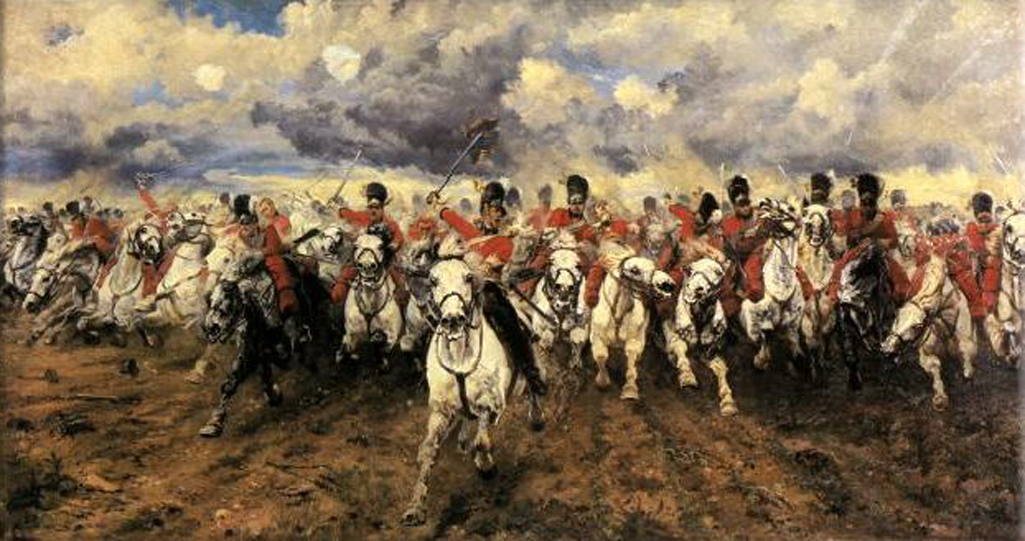
French Revolutionary Wars / Napoleonic Wars:
1815 - Battle of Waterloo; results in the defeat of Napoleon Bonaparte by the Duke of Wellington and Gebhard Leberecht von Blücher forcing him to abdicate the throne of France for the second and last time.
Wikipedia Painting: Battle of Trafalgar: The British HMS Sandwich fires to the French flagship Bucentaure (completely dismasted) in the battle of Trafalgar;
Napoleon in Berlin (Meynier). After defeating Prussian forces at Jena, the French Army entered Berlin on 27 October 1806;
Battle of the Bridge of Arcole Napoleon Bonaparte leading his troops over the bridge of Arcole, by Horace Vernet;
Napoleon as King of Italy (Appiani);
Napoleon Crossing the Alps (David). In 1800 Bonaparte took the French Army across the Alps, eventually defeating the Austrians at Marengo;
Charge of the Russian Imperial Guard cavalry against French cuirassiers at the Battle of Friedland, 14 June 1807;
Battle of Borodino as depicted by Louis Lejeune. The battle was the largest and bloodiest single-day action of the Napoleonic Wars;
Napoleon's withdrawal from Russia, a painting by Adolph Northen;
Wellington at Waterloo by Robert Alexander Hillingford;
Napoleon is often represented in his green colonel uniform of the Chasseur à Cheval, with a large bicorne and a hand-in-waistcoat gesture.
Battle of Waterloo the defeat of Napoleon Bonaparte by the Duke of Wellington and Gebhard Leberecht von Blücher forcing him to abdicate the throne of France for the second and last time.
June 18th, 1858
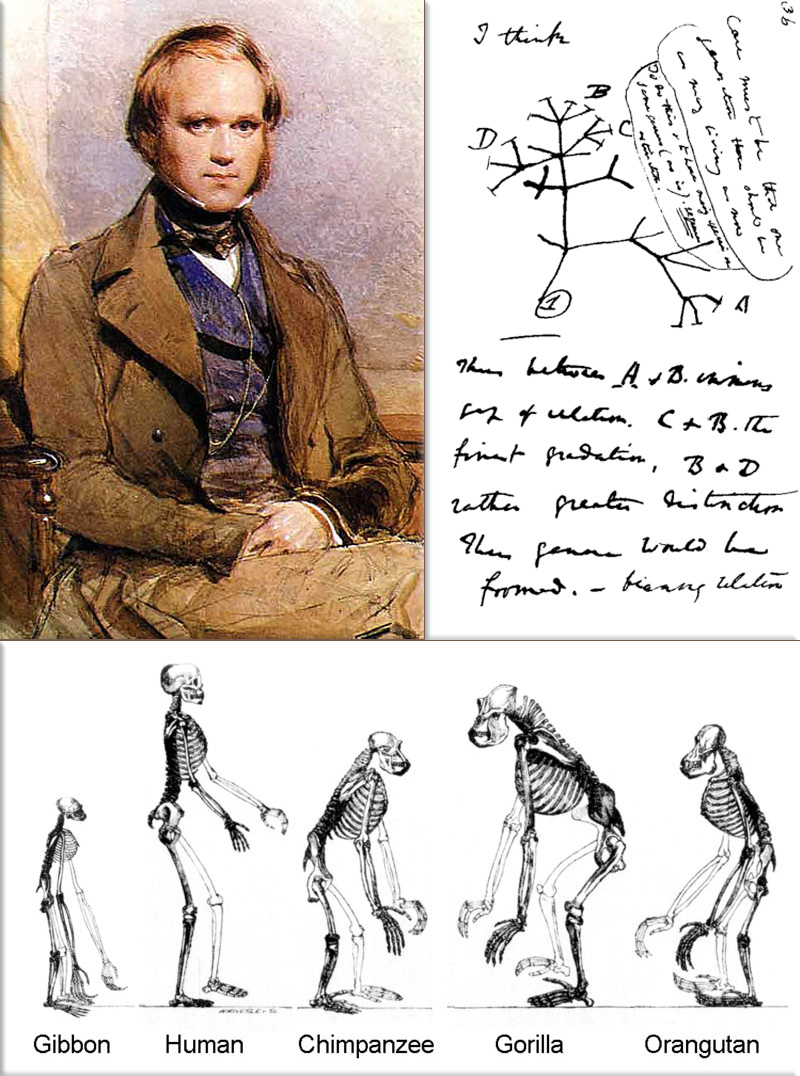
Charles Darwin receives a paper from Alfred Russel Wallace that includes nearly identical conclusions about evolution as Darwin's own, prompting Darwin to publish his theory.
Wikipedia Image: Charles Darwin, while still a young man joined the scientific elite; Evolutionary tree in mid-July 1837 Darwin started his "B" notebook on Transmutation of Species, and on page 36 wrote "I think" above his first evolutionary tree; The hominoids are descendants of a common ancestor.
June 18th, 1873
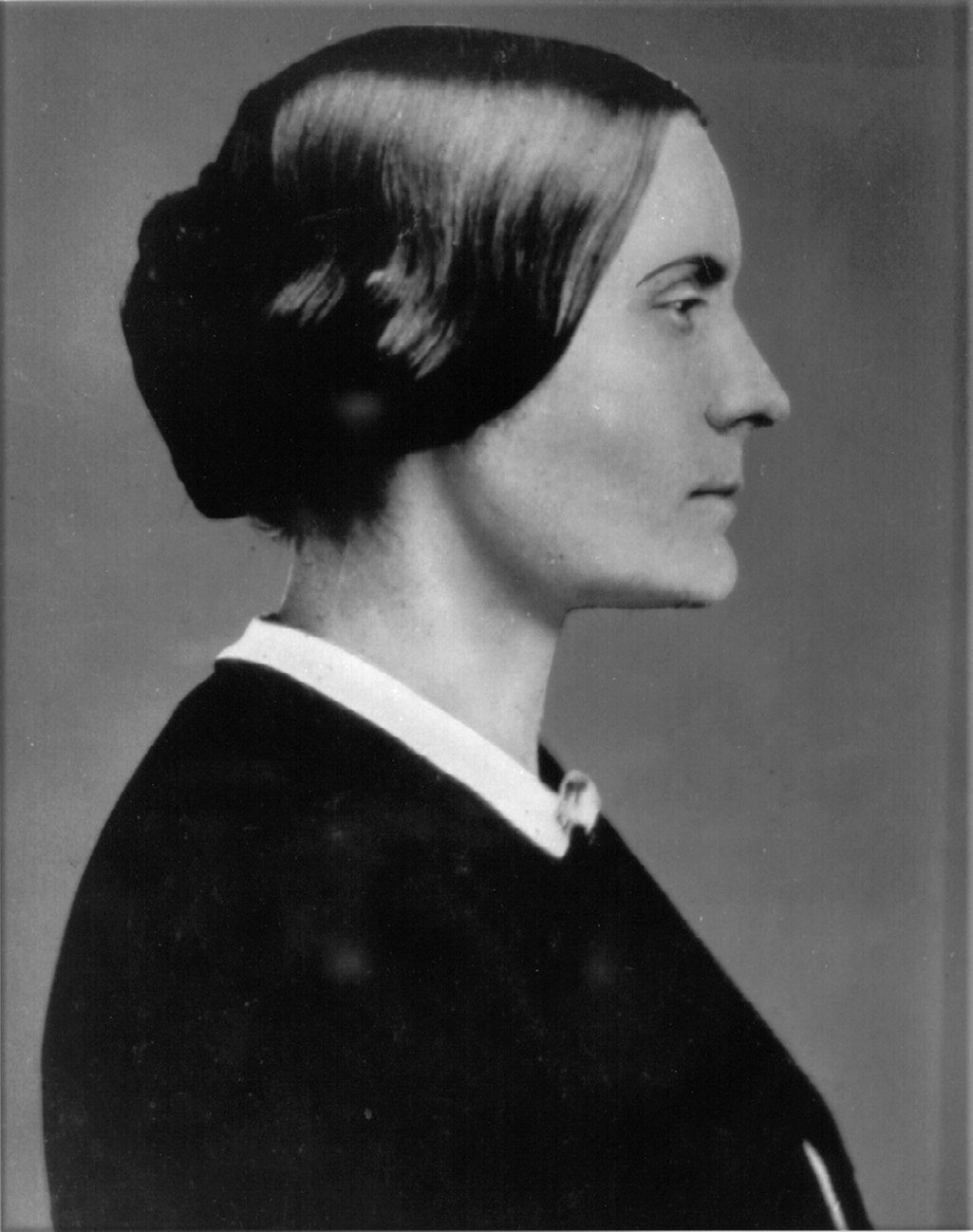
Susan B. Anthony is fined $100 for attempting to vote in the 1872 presidential election.
Wikipedia Image: Susan B. Anthony
June 18th, 1900

Empress Dowager Longyu of China orders all foreigners killed, including foreign diplomats and their families.
Wikipedia Painting: Empress Dowager Longyu of China Empress Xiaodingjing Regent of the Qing Dynasty
June 18th, 1923

Checker Taxi puts its first taxi on the streets.
Wikipedia Photo: Checker Taxi; 1982 Checker taxicab in green and cream with Checker's trademark checkerboard trim.
June 18th, 1928

Aviator Amelia Earhart becomes the first woman to fly in an aircraft across the Atlantic Ocean (she is a passenger; Wilmer Stultz is the pilot and Lou Gordon the mechanic).
Wikipedia Photo: Amelia Earhart in 1935; Amelia Earhart appears above in her flight gear in this undated photo, credit Associated Press; Amelia Earhart and her mother in Boston, when 300,000 turned out to cheer the three flyers who made the non-stop flight across the Atlantic, July 1928; Amelia Earhart sitting on her plane, ca. 1935. George Palmer Putnam Collection of Amelia Earhart Papers, Courtesy of Purdue University Libraries, Karnes Archives and Special Collections; Amelia Earhart and Harpo Marx, dressed as a dog catcher, ca. 1932. George Palmer Putnam Collection of Amelia Earhart Papers, Courtesy of Purdue University Libraries, Karnes Archives and Special Collections; Amelia Earhart standing in front of the propellers on her plane, ca. 1935. George Palmer Putnam Collection of Amelia Earhart Papers, Courtesy of Purdue University Libraries, Karnes Archives and Special Collections; Amelia Earhart with arms spread in front of her plane, ca. February 12, 1937. George Palmer Putnam Collection of Amelia Earhart Papers, Courtesy of Purdue University Libraries, Karnes Archives and Special Collections.
June 18th, 1940
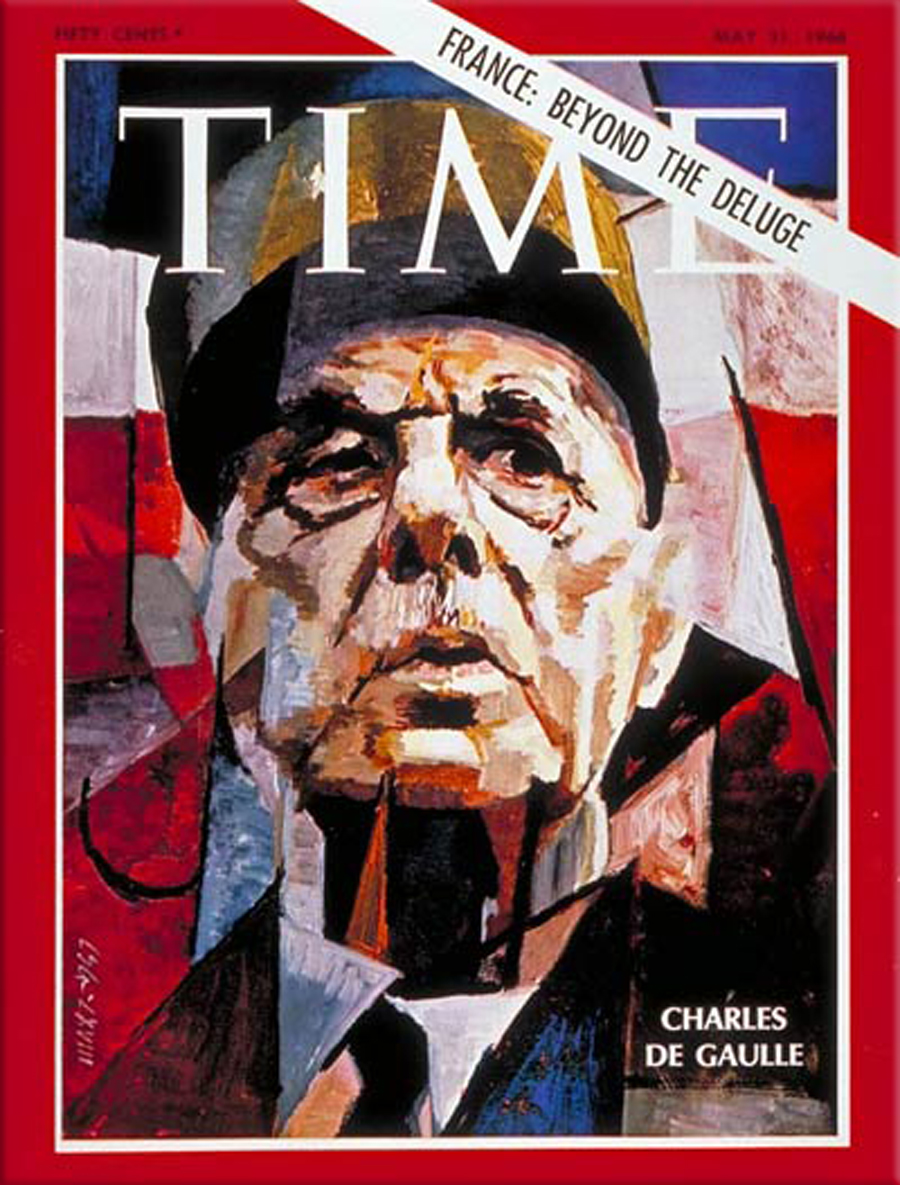
Appeal of June 18 by Charles de Gaulle.
Wikipedia Image: Charles de Gaulle Time Cover, May 31, 1968.
June 18th, 1940
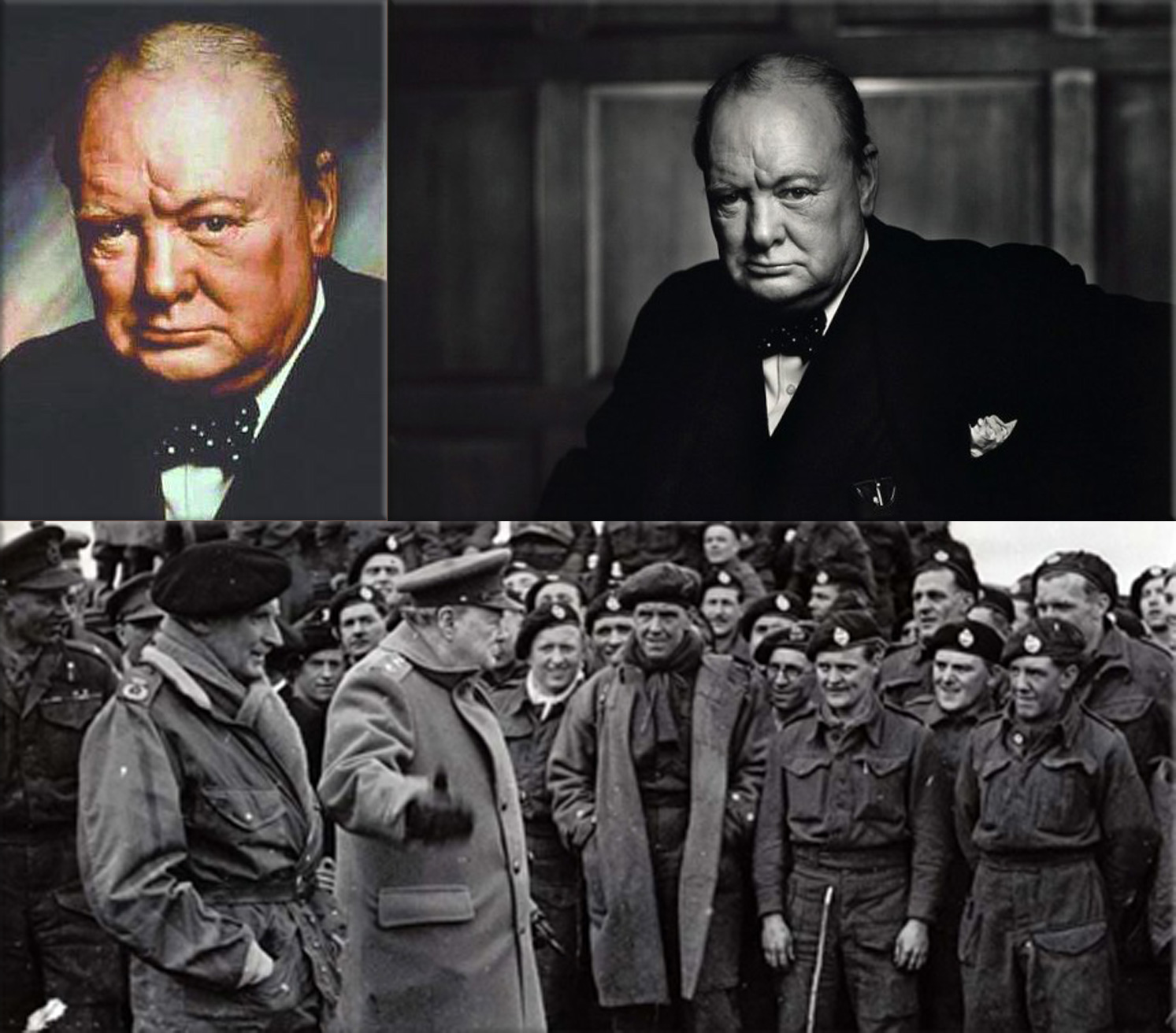
British Prime Minister Winston Churchill makes his famous wartime speeches, "Finest Hour" speech.
Wikipedia Photo: British Prime Minister Winston Churchill ● WW2 photograph Winston Churchill congratulating the troops. ● Never was so much owed by so many to so few - Winston Churchill Speeches, Youtube 
June 18th, 1945
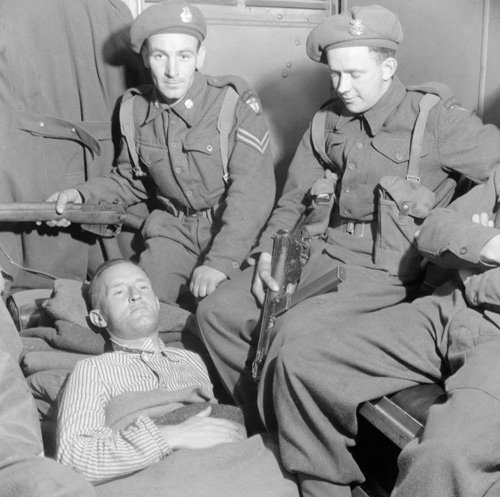
World War II: Nazi propaganda broadcaster William Joyce known as Lord Haw-Haw is charged with treason.
Wikipedia Photo: Lord Haw Haw (William Joyce) upon his capture by British soldiers. Imperial War Museum. United States Holocaust Memorial Museum, USHMM.
June 18th, 1983
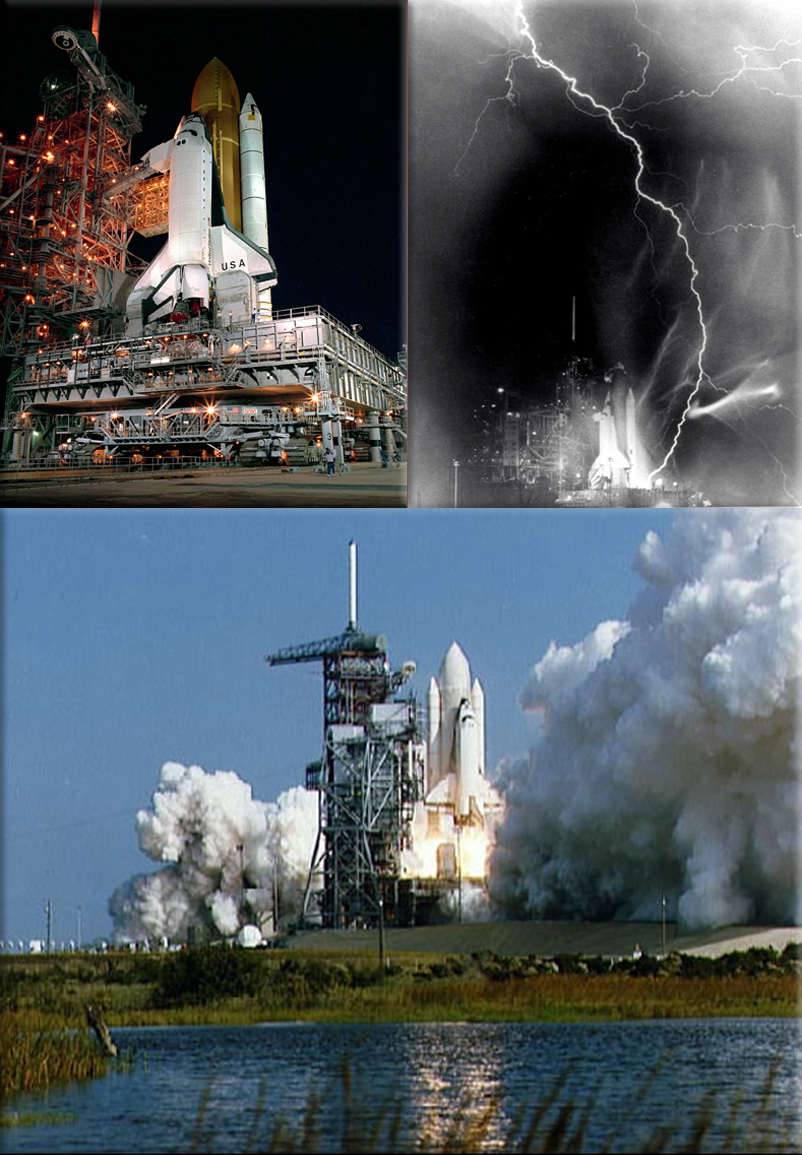

Space Shuttle program, STS-7 Mission: Astronaut Sally Ride becomes the first American woman in space.
Wikipedia Photo: Space Shuttle program; STS-28 August 8-13, 1989, Space Shuttle Columbia arrives at Launch Pad 39B after the rollout from the Vehicle Assembly Building the night before ● An electrical storm and driving rain preceded the first night launch of a shuttle mission on August 30, 1983 ● Columbia’s second mission launched on November 12, 1981. (Commanded by Joe H. Engle and piloted by Richard H. Truly, it was also the last time NASA flew a rookie crew and the external fuel tank was painted white.) credit NASA.
● Space Shuttle Challenger STS-7 Mission crew, Ride, Fabian, Crippen, Thagard and Hauck.
June 18th, 1994

1994 - The Troubles; Loughinisland massacre - The Ulster Volunteer Force (UVF) open fire inside a pub in Loughinisland, Northern Ireland, United Kingdom, killing six civilians and wounding five.
Wikipedia Photo: Irish Republican Army; Belfast, Northern Ireland.
June 18th, 1996

Ted Kaczynski, suspected of being the Unabomber, is indicted on ten criminal counts.
Wikipedia Photo: Ted Kaczynski (also known as the 'Unabomber'), is an American murderer, mathematician, social critic and anarchist. Between 1978 and 1995, Kaczynski engaged in a nation-wide bombing campaign against modern technology, planting or mailing numerous home-made bombs, killing three people and injuring 23 others
June 18th, 2009
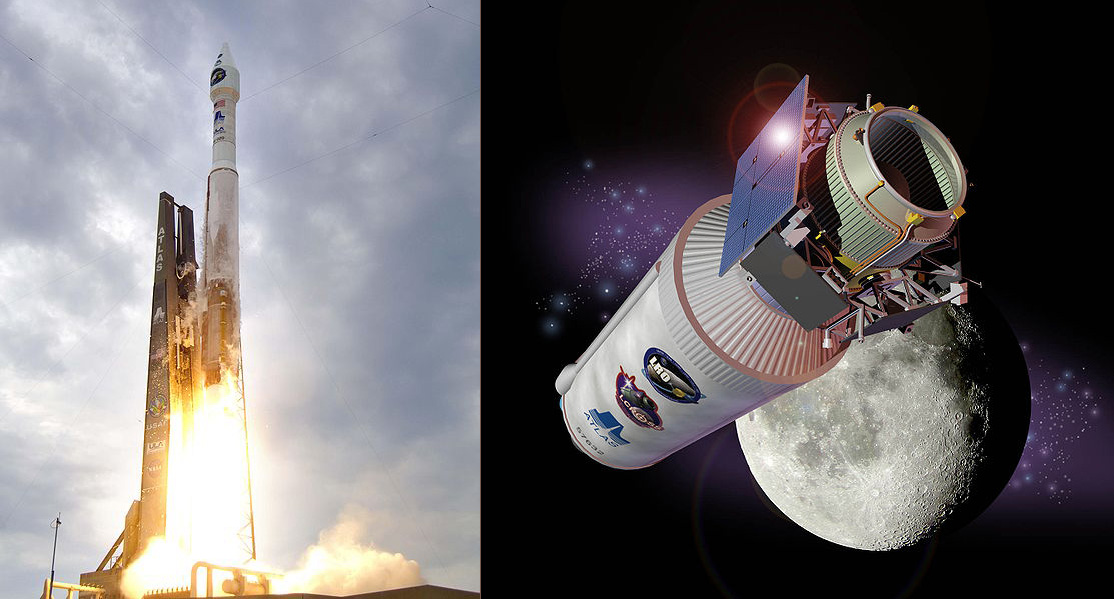
Lunar Precursor Robotic Program: (LRO), a NASA robotic spacecraft is launched.
Wikipedia Photo: Centaur and LCROSS spacecrafts
